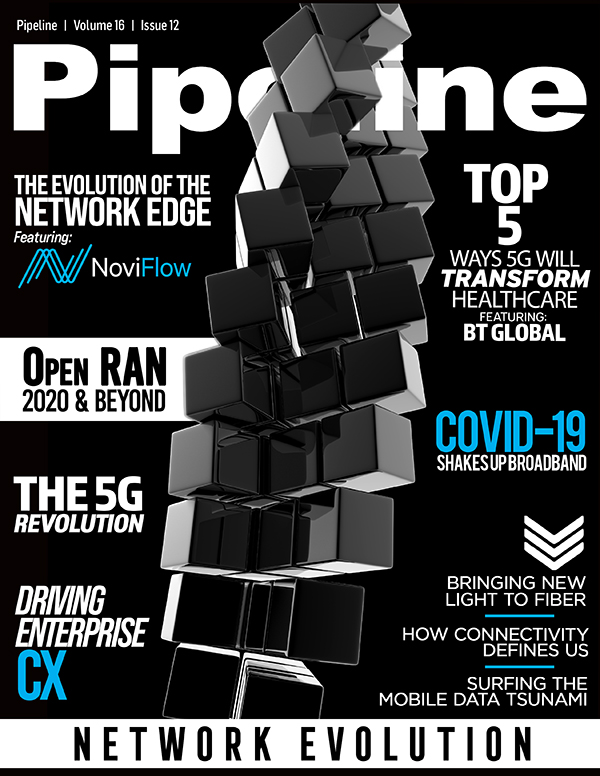Bringing New Light to Fiber
Solutions for the
new backhaul economy
The participants in the new backhaul economy will be those positioned to capitalize on the disruptions 5G x-Haul will present to the market. Participants may vary between traditional service providers, with utilities and local governments who have both fiber assets and business requirements for 5G services.
Sheer volume
Access to fiber in the fronthaul will be the single largest expense in deploying 5G. The sheer volume of fibers required to blanket a service area will require solutions to utilize existing fiber infrastructure to reduce the capital expense of the fiber build.
WDM (wavelength division multiplexing) expands the capacity of a fiber pair by up to 96 times over standard ‘gray’ optics by combining multiple signals at different wavelengths over a single fiber pair. WDM technology is proven in core and distribution networks and is now extended into the access network of 5G. Recent innovations in auto-tunable dense wavelength division multiplexing (DWDM) technology promise to drive down the cost of 5G fiber deployment by reducing labor and inventory costs for new services. Installation crews can simply install an auto-tunable optic without regard for matching up wavelengths with multiplexer ports or transceivers on the other end.
Longer-term next-generation 25G or 50G passive optical networking (PON) technologies may offer a fit for extreme bandwidth requirements over existing residential or commercial PON networks.
Bandwidth availability
5G backhaul and midhaul services will require solving the network problem of offering 100Gb/s Ethernet beyond 40 km at low cost and without amplification. Today this problem is addressed through higher-cost coherent optics or with open line systems, providing amplification and dispersion compensation.
The 80 km QSFP28 ZR4 is on the horizon, which will finally solve this glaring network need. Not only will this transceiver connect 100G over 80 km, but it also does so without the support of external amplification and in the cost-effective QSFP28 transceiver package.
Service levels
Service level agreements for 5G x-Haul services will be no less strict than previous generation services. Offering highly available low-latency services will be challenged by the intended deployment environment. The fiber optic endpoint transceivers will be installed in neighborhoods, light poles, utility poles, and even traffic lights! These are environments far from hospitable for standard fiber optic components. Standard fiber optic transceivers with operating temperatures of 0°C to +70°C are designed for use in climate-controlled central office or hub facilities. This condition is especially true for WDM transceivers. Standard WDM transceivers can fail outside of climate-controlled environments due to wavelength drift that may cause the wavelength to not pass through a mux—potentially interrupting service.
Careful attention to temperature ratings on transceivers is necessary to fulfill service level agreements. The networking equipment industry recognizes three operating temperature envelopes for transceivers: 0°C to +70°C or standard temperature, industrial temperature (ITEMP) -40°C to +85°C, and extended temperature, which does not indicate any specific range, only that the range is greater than commercial temp, but not to ITEMP requirements. Transceivers in the extended range will attempt to pass themselves off as ‘hardened’ but in reality, their components have not been tested to operate in harsh extremes.
Conclusion
The new backhaul economy is poised to disrupt the traditional wireless backhaul ecosystem built for previous wireless generations. Success in this new economy will be driven by participants that adapt rapidly to solve the challenges of offering 5G x-Haul services.



















